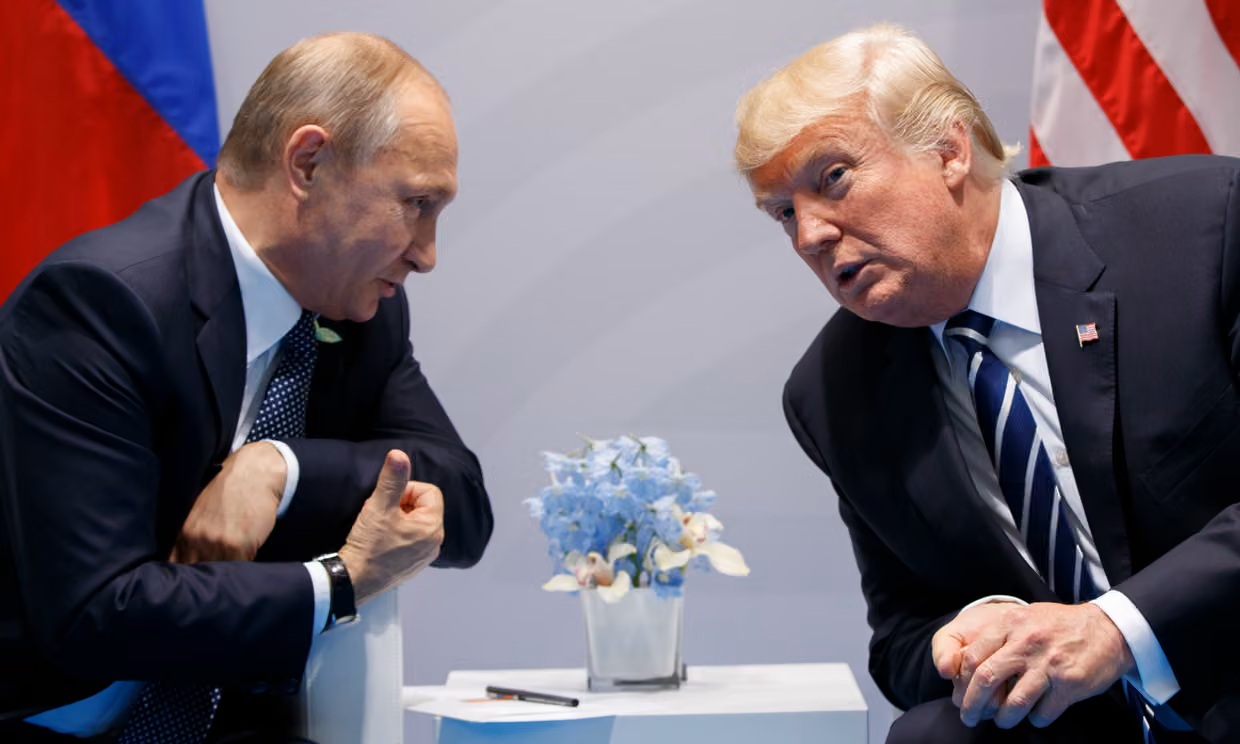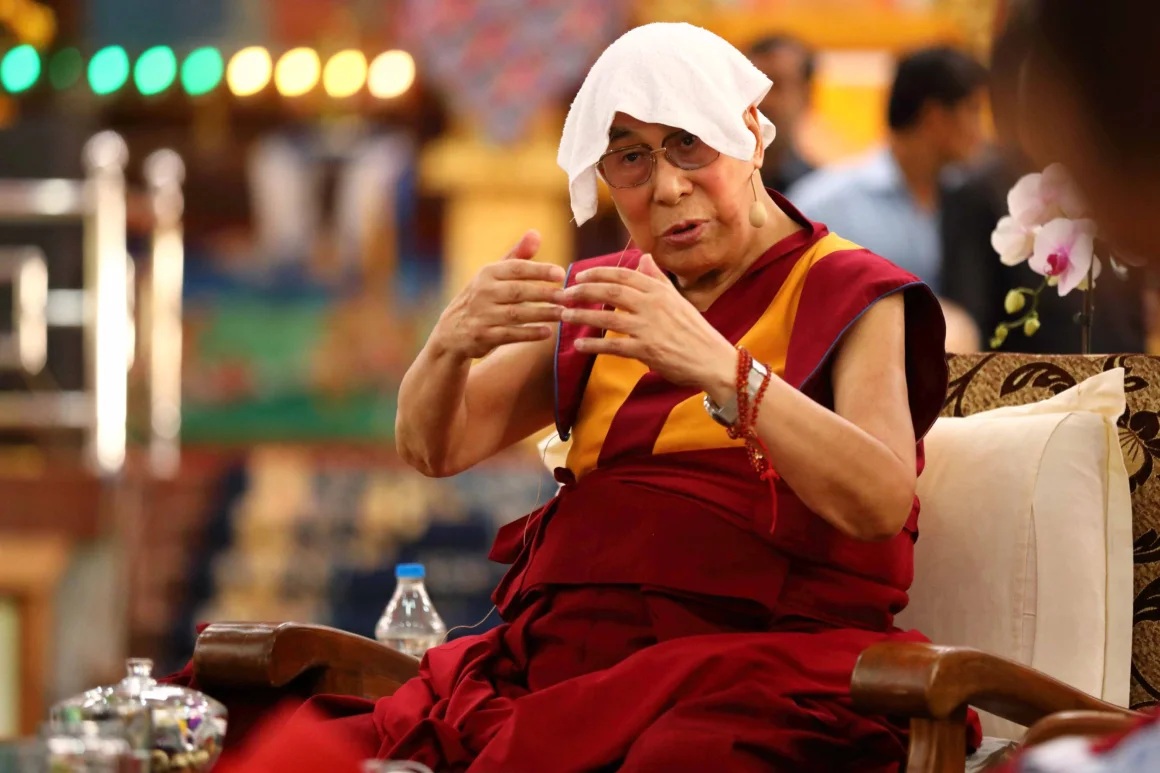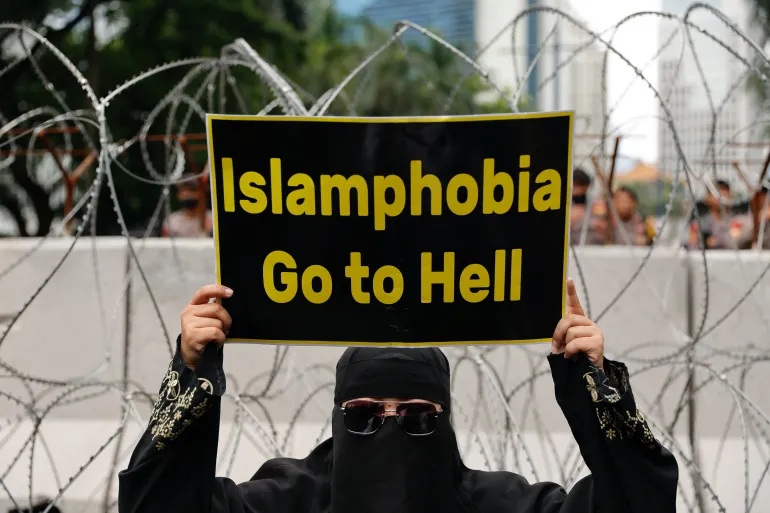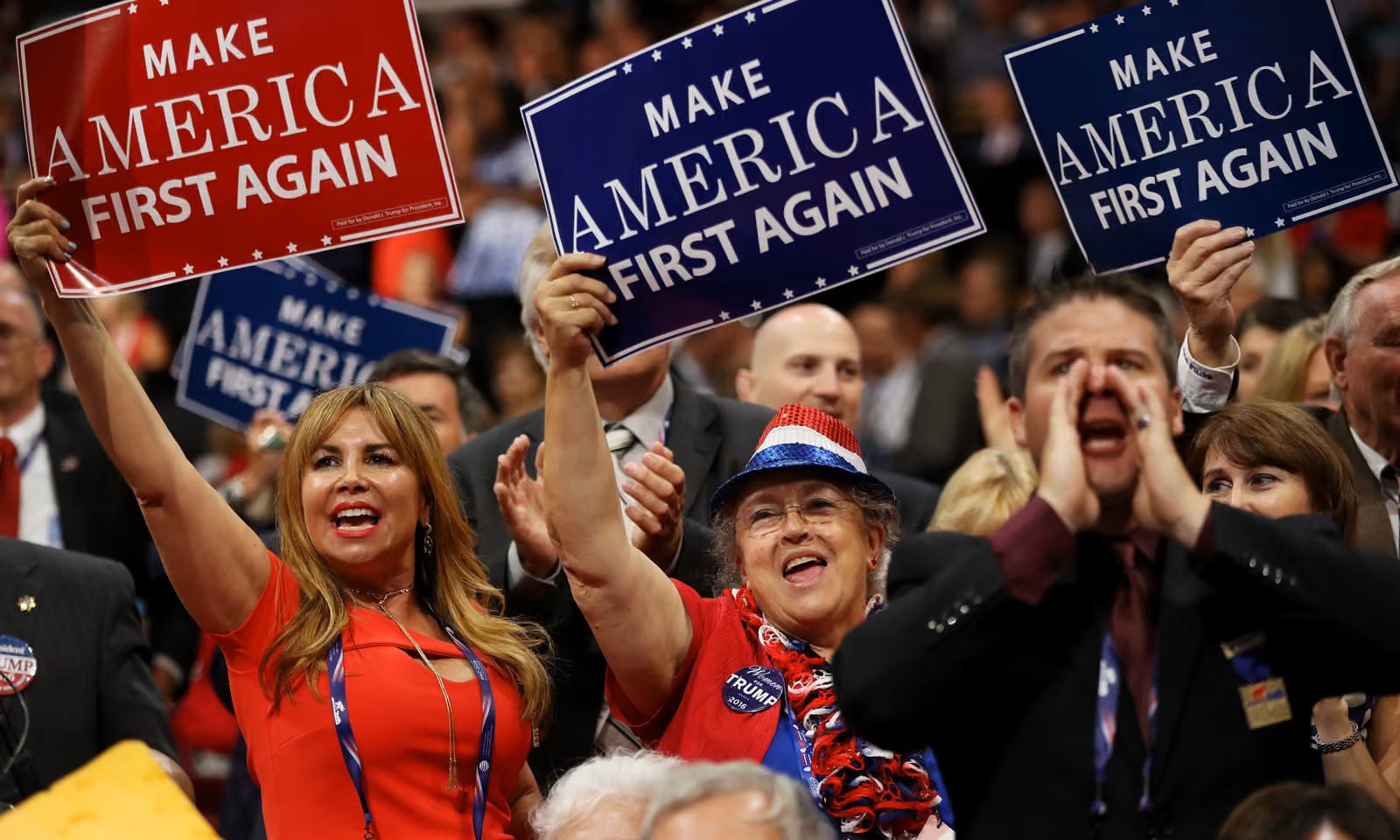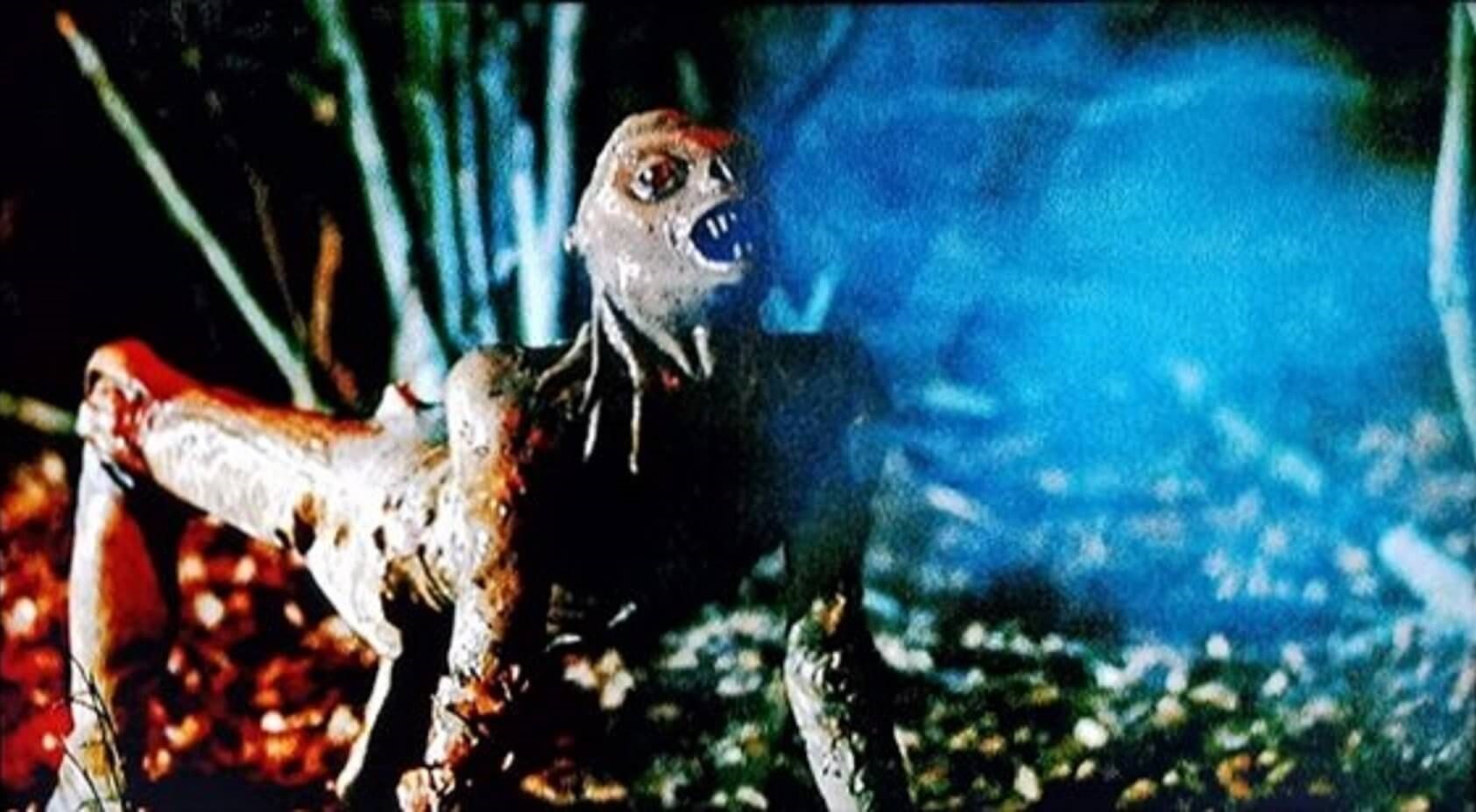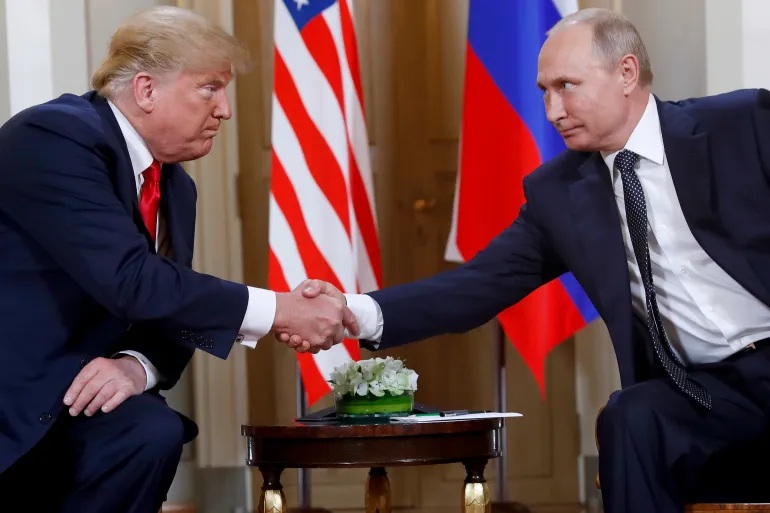
US President Donald Trump holds significant leverage over Russian leader Vladimir Putin. Facing a probable recession and the threat of secondary tariffs that Washington may impose on major buyers of Russian oil, Putin could be forced to make concessions to his American counterpart during their meeting on August 15 in Alaska. But will Moscow’s potential “goodwill gestures” be enough to end the war in Ukraine?
By Nikola Mikovic
The very fact that Putin agreed to travel to Alaska can be interpreted as a concession to Trump. The location was unlikely chosen by coincidence. Alaska was a territory sold by Tsar Alexander II of Russia to the United States in 1867. From the Russian perspective, this is often seen as a major mistake, given Alaska's significant oil reserves. Thus, Putin’s visit to Alaska could be perceived as a symbolic humiliation, given the historical context and lingering sentiments over the loss of the territory.
More importantly, Putin agreed to travel to the United States – a country the Kremlin has labelled as “unfriendly” – which is another sign of Trump's leverage over the Russian leader. Could it be that Putin received "security guarantees" from his American counterpart that he would not be arrested and potentially handed over to The Hague, where he could face a war crimes trial?
Although Donald Trump – known for his highly unpredictable foreign policy, often referred to as the Madman Theory – could arrest Putin, doing so would make little sense. As long as Putin remains in charge of the Kremlin, Russia is extremely unlikely to take any serious steps that would help it achieve at least some of its strategic goals in Ukraine.
While there are claims that the Russian economy is thriving despite Western sanctions, the reality is that the economic situation is far from good. Several prominent Russian corporations are switching to a four-week work schedule, as data showed that from January to August this year, Russia ran a budget deficit of 4.9 trillion roubles ($61.44 billion). Moreover, Indian state oil refineries have reportedly begun purchasing oil from the United States and Middle Eastern countries, reducing imports from Russia. At the same time, China appears reluctant to risk secondary tariffs by continuing to buy cheap Russian oil.
Fully aware of this, Putin might be forced to freeze the conflict eventually. The problem, however, is that Kyiv – strongly backed by European powers – is unlikely to accept any deal that would legitimise Moscow’s control over around 20% of Ukrainian territory.
If reports of Ukraine massing troops near the border with Russia’s Bryansk region are true, it is not hard to imagine Kyiv launching a “surprise” offensive ahead of or during the Putin–Trump talks. If that happens, Trump’s proposal for a “land swap” between Russia and Ukraine could become a reality.
One thing is evident: the situation on the battlefield will dictate the dynamics of the peace talks, whether in Alaska or at some future venue. A meeting between Putin and Ukrainian President Volodymyr Zelensky should not be ruled out, despite both leaders' repeated statements that they do not intend to sign any deals with each other. Still, they both understand who’s calling the shots.
But even if Trump manages to bring Putin and Zelensky together to sign a ceasefire deal, there is no guarantee that the truce will hold. It would most likely be a Minsk-style agreement, allowing both sides to prepare for another round of large-scale confrontation while maintaining a low level of positional warfare.
Meanwhile, as NATO Secretary General Rutte stated, the alliance will continue supplying weapons to Ukraine regardless of the outcome of the meeting between Putin and Trump. So what is the point of the “historic” summit in Alaska?
There is no doubt that Donald Trump, aiming to portray himself as a “peacemaker,” would like to see Putin and Zelensky sitting beside him – just as the Armenian and Azerbaijani leaders recently did –signing a deal and praising the American president.
Still, this is not a very likely scenario. Unlike the conflict between Armenia and Azerbaijan, which has ended with a clear winner and a defeated party, the Russian-Ukrainian war is still ongoing, with neither side having achieved any of its strategic goals.
That is why, under the current circumstances, the most Trump can do is freeze the conflict – a move that could boost his approval ratings at home and shift attention away from his alleged involvement in the Epstein case. To achieve that, he needs Putin’s help.
By agreeing to freeze the conflict, Putin would help not only Trump but also the Ukrainian military. It would not be the first time, though. In 2014, he forced Russian-backed rebels to halt their offensive and sign the Minsk Agreements, allowing the Ukrainian Armed Forces – then on the brink of collapse – to consolidate. Trump almost certainly expects Putin to do the same now.
But the war in Ukraine is unlikely to be the only topic he discusses with the Russian leader. It is widely believed that the United States’ long-term goal is to drive a wedge between Russia and China. Trump’s tariffs on India could bring New Delhi and Moscow closer together, potentially affecting Russia’s ties with China – India’s primary rival and a country the United States allegedly views as its main geopolitical adversary.
It is, therefore, entirely possible that Trump might lift some of the sanctions the United States has imposed on Russia, expecting Moscow either to limit its “no limits” partnership with China or to make territorial concessions to Kyiv in exchange. It is no secret that he wants the United States to operate the Russian-controlled Zaporizhzhia Nuclear Power Plant. But will Putin accept that?
Although the situation on the battlefield might currently be in Russia’s favour, the economic crisis in Russia and Trump’s secondary tariffs policy are likely to force Putin to make some concessions to his American partner. In the end, as JD Vance, the US vice-president, said, neither Russia nor Ukraine will be happy with the peace deal proposed to end the war.

